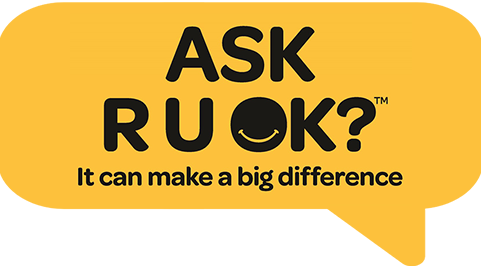September is International Pain Awareness Month and this year, Painaustralia will again be working with the International Association for the Study of Pain to raise public awareness around pain, pain management and the work pain professionals do.
This year’s theme, #MyPainPlan, focuses on the importance of an individualised, multidisciplinary, multimodal approach to pain care.
Painaustralia says the pain statistics are staggering:
- 3.37 million Australians were living with chronic pain in 2020
- Of chronic pain sufferers, 53.8 per cent were women and 46.2 per cent were men
- 68.3 per cent were of working age
- 1,03 million older Australians (over 65 years of age) were living with chronic pain
- For 56 per cent of Australians living with chronic pain, their pain restricts what activities they can undertake.
According to Painaustralia, pain causes a reaction to protect the part of the body that is painful.
“Everyone who has experienced pain knows what it is, but everyone’s pain is different. Many different factors affect an individual’s experience of pain and the exact contributors to pain are also different between individuals and between situations,” the organisation says.
“Pain is one way our body’s protective systems keep us safe. Danger detectors in the body send information to the brain, which may or may not create pain based on all the other information available, as well as previous experiences.
“Because many factors affect pain, there are many things you can do to change pain. Recognising that pain is more than a physical sensation, but is influenced by sleep, exercise, your general health, attitudes, beliefs, mood, your environment and the people around you, means that all these things can provide new and better ways for you to change your pain, moment to moment and over time.
“Over time, the pain system can learn to become less protective again. The best strategies to achieve this are activity based, psychological skills and self-management strategies. Active strategies include learning about pain, gradually increasing your activity and movement, working on thoughts, emotions and coping skills.”
There are other things you can do to help manage chronic pain and finding supportive healthcare professionals is important. Developing a care plan with your GP, which may involve other health professionals such as your pharmacist, a physiotherapist or clinical psychologist also is important.
During Pain Awareness Month, IASP is offering a free webinar series as part of its 2020 Global Year for the Prevention of Pain, starting with Living Well with Pain: Supporting Self-Management in Everyday Clinical Practice on 3 September 2020 with Dr Frances Cole MB BS MRCGP and Eve Jenner MSc MCSP.


